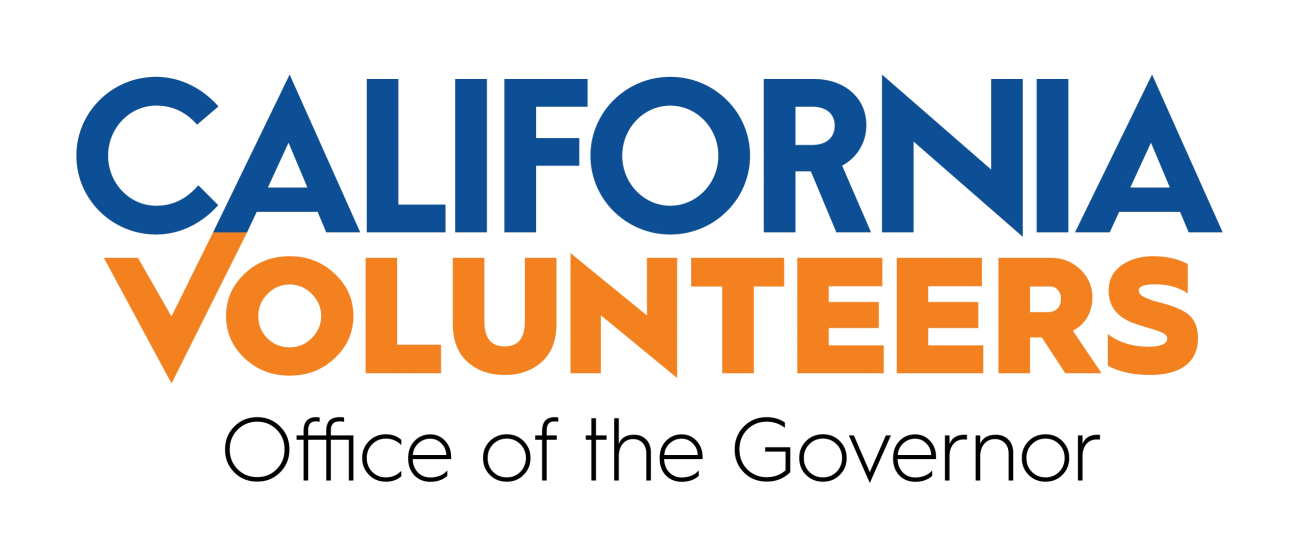We’ve all been there – watching the news as a fire, earthquake, or hurricane destroys a community along with the lives of those directly impacted. We’ve felt that instant need to help in some way. Many turn to their local volunteer center.
Volunteer Centers are essential to counties across California, connecting dedicated individuals with volunteer opportunities and community events. However, during disasters, these unassuming organizations and humble staff transition into emergency volunteer centers, donation sites, and 211 Centers, fielding calls from the many people who have a desire to help – through volunteering or providing a donation.
On June 4, 2018, CaliforniaVolunteers convened a listening session with representatives from the network of volunteer centers across California, bringing together a group of passionate and determined service champions to learn more about their work during disasters and to strategize goals and innovations for the future.
With volunteer centers from across the state in attendance, participants were able to share their recent disaster experience, touching on the challenges that came with working in communities overwhelmed by fires (Napa and Sonoma) and dealing with multiple catastrophes within the span of a few months (Santa Barbara and Ventura). Attendees heard firsthand the challenges that volunteer centers, including the Volunteer Center of Sonoma County, the Center for Volunteer & Nonprofit Leadership (CVNL), North Coast Opportunities, United Way of Ventura County, and United Way of Santa Barbara County, faced during recent disasters and shared the innovative strategies and best practices implemented to solve problems.
The network of state volunteer centers plays an integral role in disaster preparedness, response, and recovery in California. CaliforniaVolunteers looks forward to building on the partnership with these volunteer centers in order to improve the capacity of these community-based organizations to respond to disasters and provide the resources they need during recovery.

